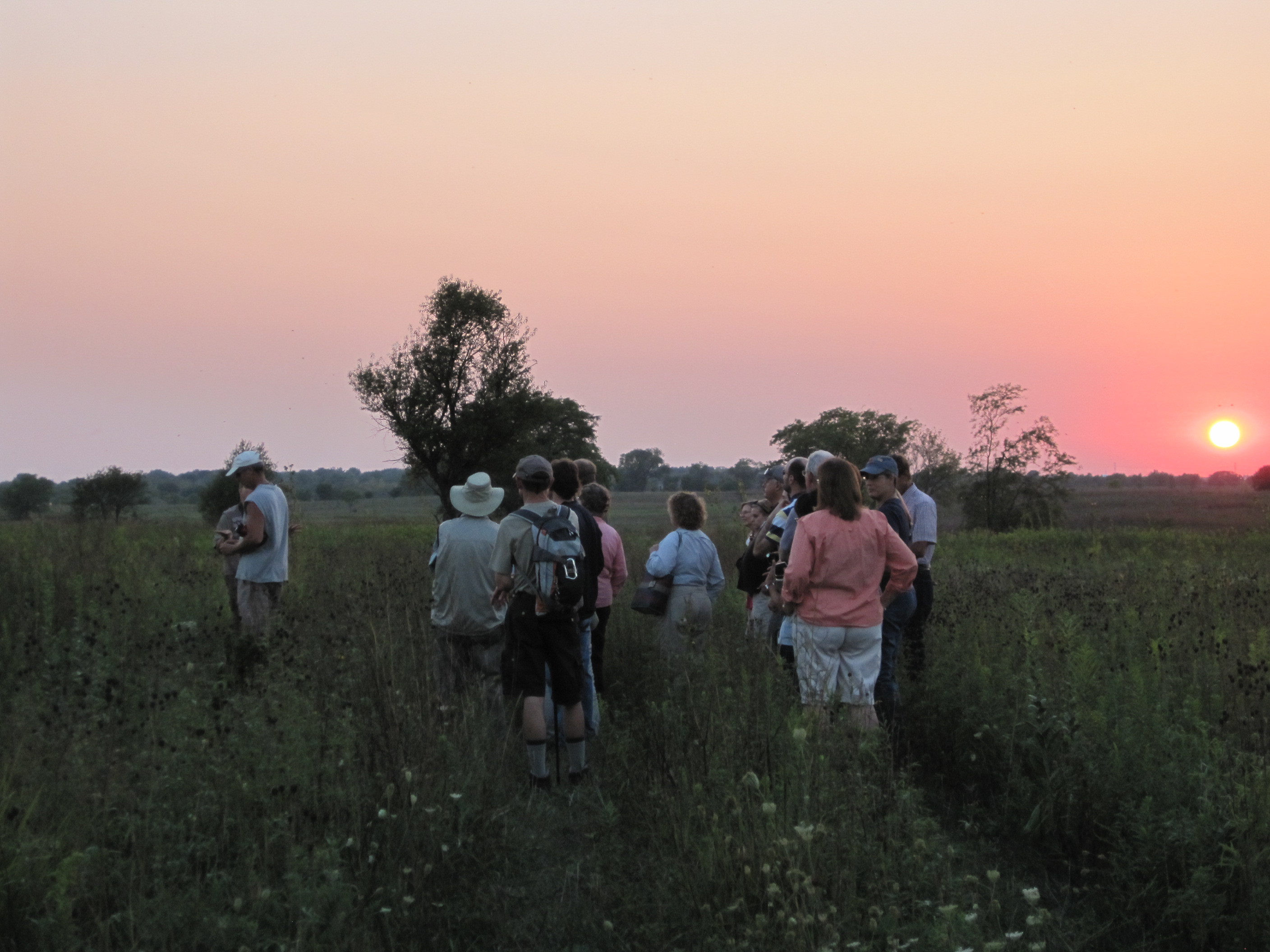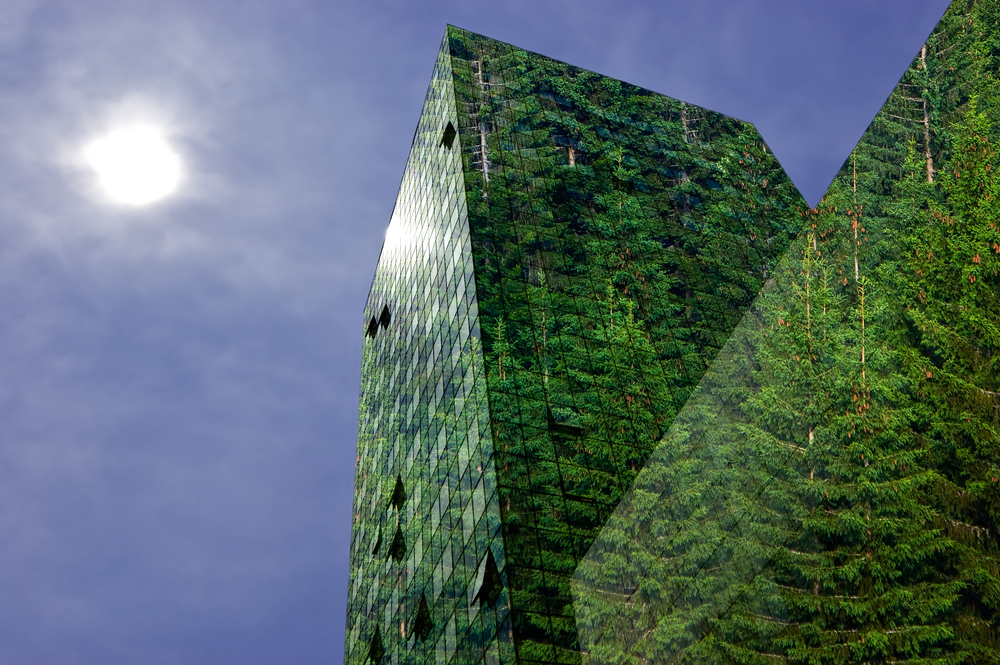Photo: Zlicovek, Shutterstock
Welcome to AskingNature, the Biomimicry Institute’s new blog! In our first post, Amy Coffman Phillips, co-founder of Biomimicry Chicago, a Certified Biomimicry Professional, and an Illinois-licensed architect, describes how incorporating biomimicry into built environment design can benefit designers, projects, and entire communities.
Designers in the building industry are continually looking for new and innovative ways to create beautiful, livable spaces that are environmentally responsible and resilient. Increasingly, those on the leading edge are looking to nature as a source of inspiration. Here are nine examples of how applying biomimicry in the context of the built environment can help designers, projects, and communities as they work to create naturally sustainable, inherently resilient spaces.
First, here’s some background on biomimicry in the built environment:
Value For the Designer: A Source of Design Inspiration
Looking to nature for inspiration can help the designer by:
#1 – Nourishing Curiosity. Designers are innately curious, and biomimicry provides the opportunity to learn about life’s water, energy, and material use strategies, and broadens the design solution space to bring new solutions to the design table.
#2 – Going Beyond Form. The practice of looking to nature has historically been standard practice, from Corinthian columns on Greek temples to Santiago Calatrava’s iconic biomorphic structures. But the practice of biomimicry looks beyond form and teases out life’s inherent sustainability strategies, creating structures that fit form to function and are material efficient as well as well-adapted to their environment.
#3 – Giving Permission to Play. Too often, going to work means sitting at a desk in front of a computer and putting out metaphorical fires, which is hardly a creative environment. Studies have shown that people who go outside often are happier, healthier, and more creative than those who do not, so integrating outdoor experiences into your design process gives your creativity a boost!

The world is your classroom. Photo of Springbrook Prairie Forest Preserve, DuPage County, Illinois, by Amy Coffman Phillips.
Value For the Project: A Framework for Design Innovation
By using the Biomimicry DesignLens as a framework, looking to Life’s Principles (some of which are shown in italics) as a design guide and evaluation tool, and bringing ecologists and biomimics to the design table, design teams can bring new perspectives to their projects that:
#4 – Disrupt Traditional Thinking. The process of asking the question, “how would nature solve this challenge?,” as well as ensuring the design team has the adequate knowledge to answer it, gives the project teams an opportunity to explore new solutions and brainstorm opportunities to solve challenges in new and innovative ways.
#5 – Accomplish Multiple Needs with One Simple Gesture. In nature, there are no single-purpose tools. For example, trees provide shade with their leaves, which also generate energy, and bark, which also helps to protect and cool the moving water beneath the surface. Imagine building surfaces and systems that could accomplish multiple functions with one simple, multi-functional design!
#6 – Are Well-Adapted to their Context and Climate. Rather than fighting against the climate using energy and resources to hold nature at bay, our projects can leverage cyclic processes such as the change of seasons and build with readily available materials and energy, making the achievement of LEED Platinum and Living Building Challenge standards more easily achievable while minimizing additional costs.

Photo: The Bullitt Center in Seattle, Washington utilized the Living Building Challenge, and is now producing more energy than it uses.
Value For the Community: A Tool for Systemic Transformation
Integrating the process of biomimicry into your design practice can generate multiple benefits for the community at large, including:
#7 – Emulating and Enhancing Ecosystem Services. By constructing buildings, streets, and parks to perform the same services a natural ecosystem does: stormwater harvest, flooding mitigation, habitat creation, energy production, and carbon sequestration, we can create a built environment that “fits in” again and contributes to the ecosystems we inhabit, truly emulating the genius of our place.
#8 – Leveraging Collaborative Synergies. Rethinking our buildings as nested systems, both made up of smaller systems and a part of multiple larger ones, allows us to cultivate collaborative relationships that save resources, energy, and cost for the project and the community at large.
#9 – Embodying Systemic Resilience. Life on Earth is the epitome of resilience; adapting and changing itself to fit its context for billions of years. By looking to how nature confers resilience on its systems, incorporating diversity and embodying resilience through variation, redundancy, and decentralization, we can create human- built systems that are inherently resilient to disturbances, even the unexpected.
On the Leading Edge
Many of us in the global network of practicing biomimics are differentiating our work by integrating nature’s strategies into our work in the built environment; creating beautiful spaces that are sustainable, resilient, and modeled on nature’s strategies. Architecture firms HOK, Grimshaw and Exploration Architecture are just a few of the practitioners already integrating biomimicry into their practice, and you can do this too.
Learn more!
Learn more about the integration of biomimicry into the process of design at the next Chicago Biomimicry Immersion on Saturday, June 27th at the Morton Arboretum in Lisle and make an investment in your career that will help you create locally-attuned buildings and communities that fit in again with the ecosystems they inhabit while earning up to 8 professional LU|HSW credits.
Visit PrairieLab.com/Immersion for more information and enter promo code “NETWORK10” for 10% off the cost of registration while supporting the work of the Biomimicry Institute – a win-win!
About the Author
Amy Coffman Phillips is a Certified Biomimicry Professional, Illinois licensed architect, MBA, and LEED AP BD+C. She also a co-founder of Biomimicry Chicago, a local resource for those looking to learn from nature to design sustainably and restoratively. Contact her at [email protected].



